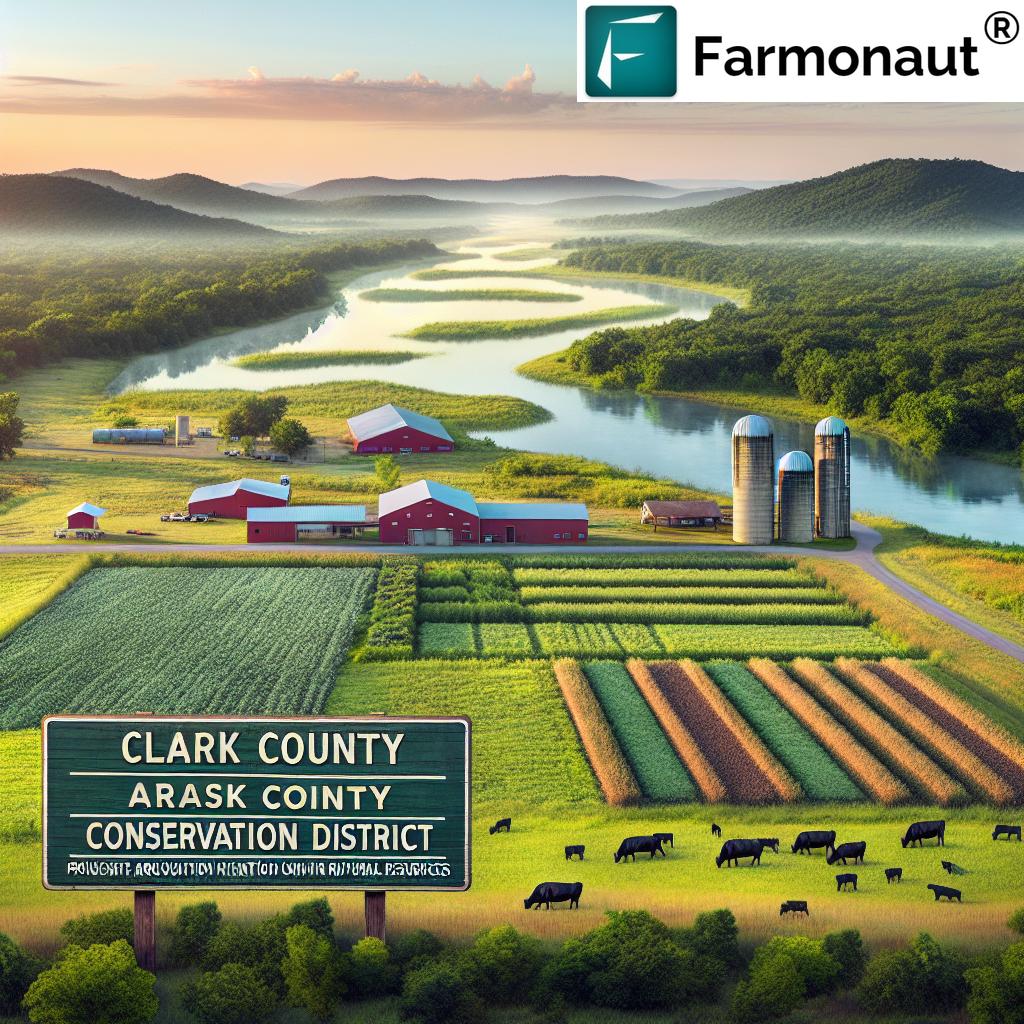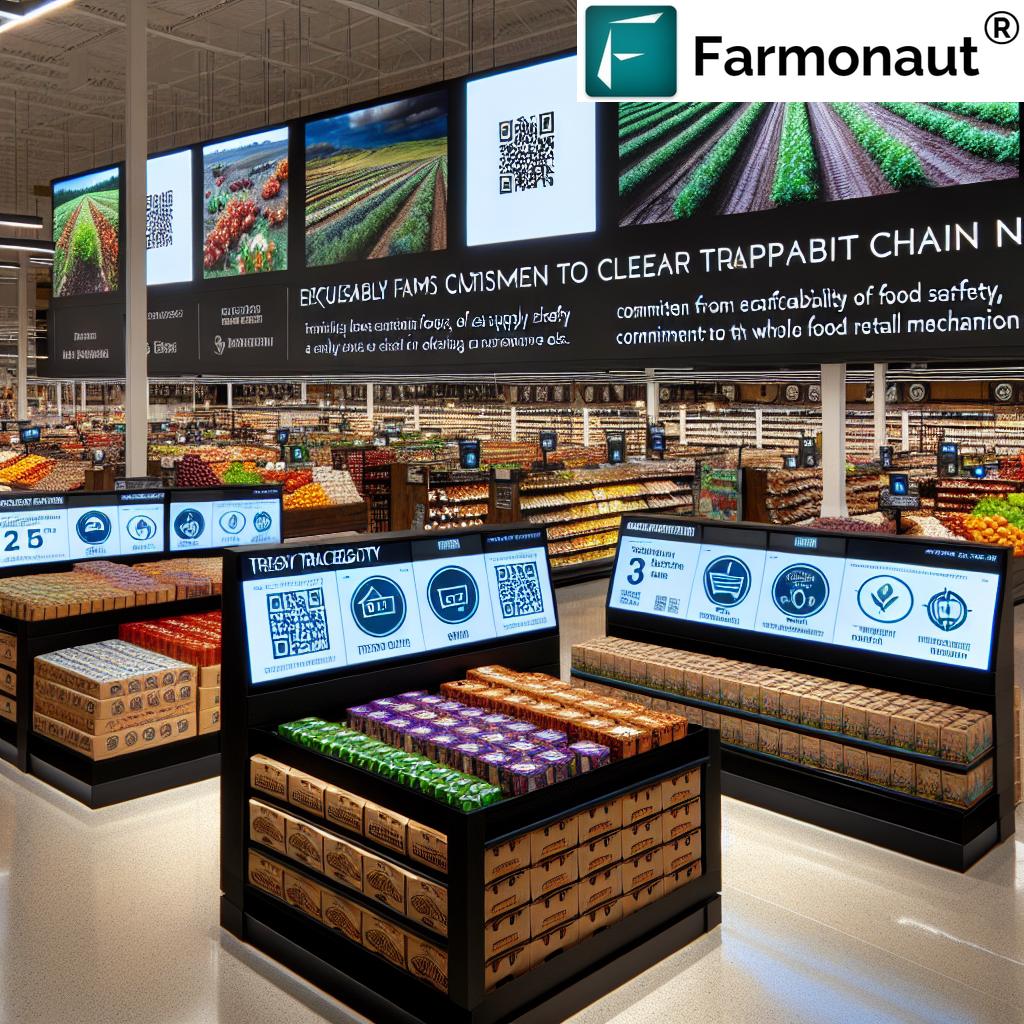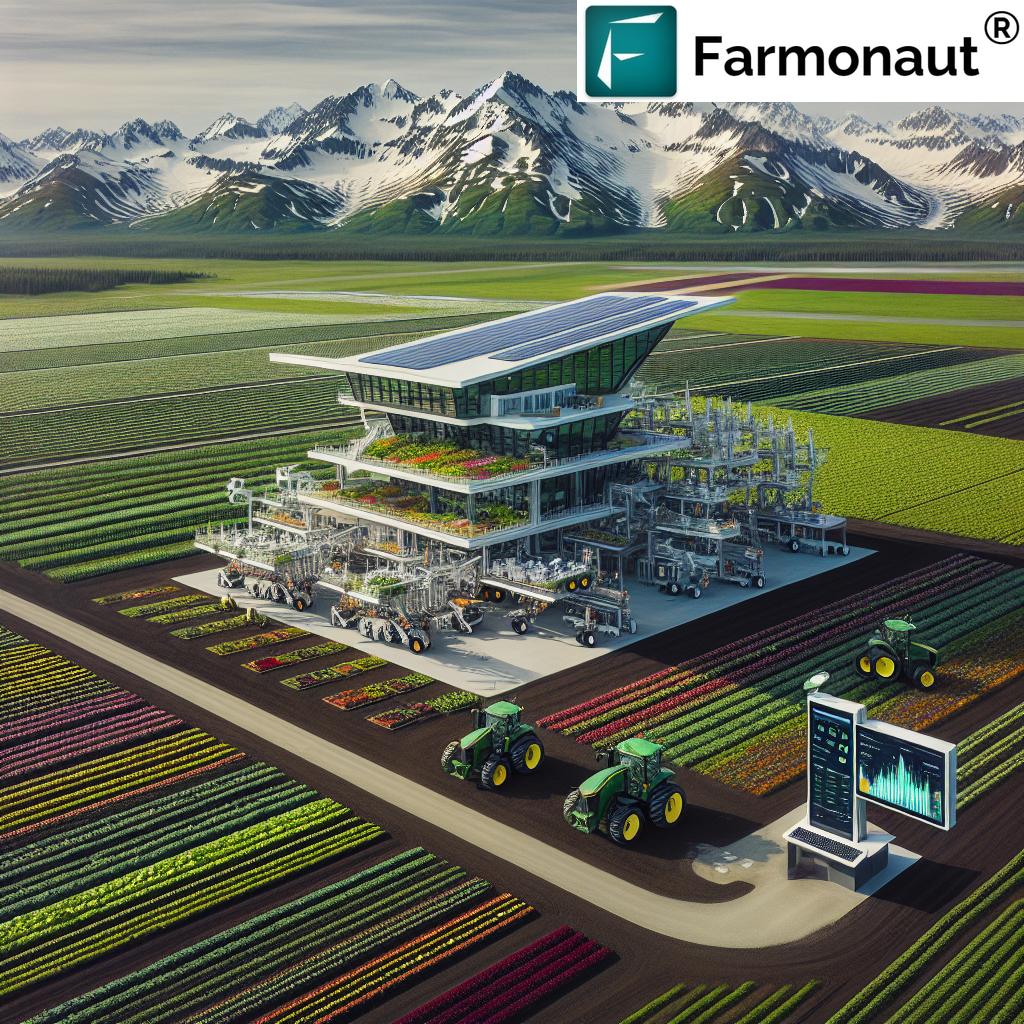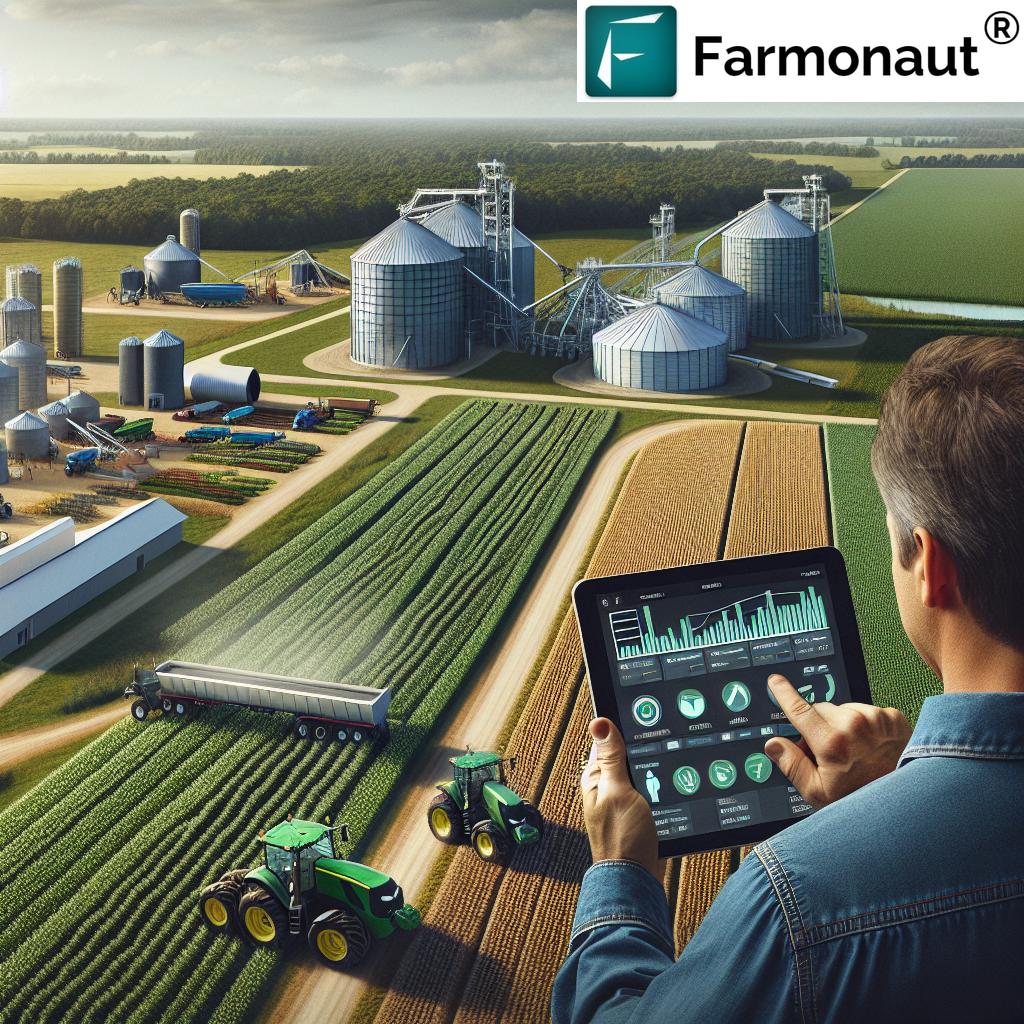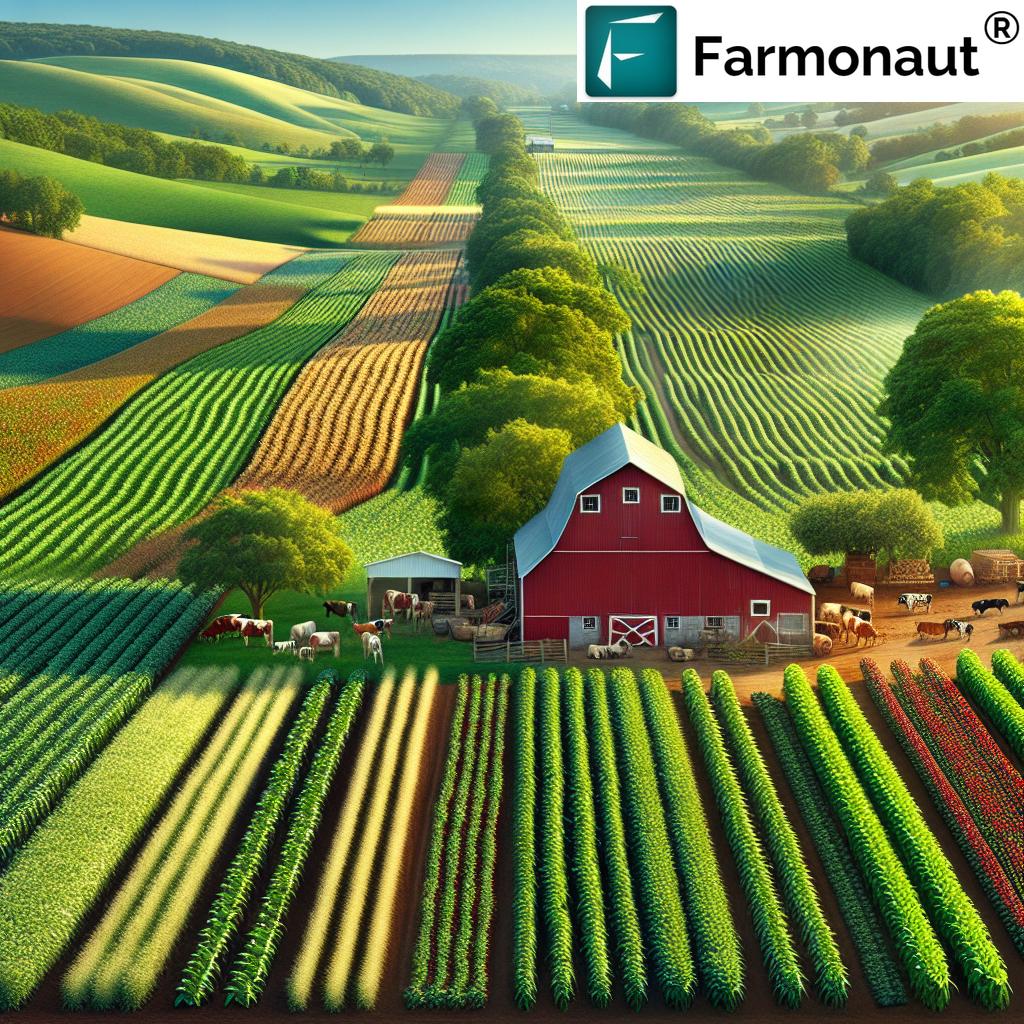Solano, Delano, Milano, Volcano, SC Farmers Markets: Catalysts for Sustainable Agriculture and Community Resilience in 2025
Primary Focus Keyword: Solano Farmers Market
In 2025, farmers markets—notably the Solano Farmers Market in California, Delano Farmers Market in the Central Valley, Farmers Market Milano in Italy, Volcano Farmers Market in Hawaii, and South Carolina (SC Farmers Market)—have solidified their status as essential hubs for sustainable agriculture, local food systems, and resilient communities. These venues exemplify how modern farmers markets continue to serve as catalysts, fostering eco-friendly practices and regional food sovereignty in an era of climate and supply chain challenges.
“In 2025, Solano, Delano, Milano, Volcano, and SC farmers markets supported over 300 local farms with sustainable practices.”
Farmers Markets as Catalysts for Sustainable Agriculture
Farmers markets have emerged as critical components of sustainable agriculture in regions like Solano, Delano, and across the globe. These markets enable farmers to bypass traditional supply chains by selling directly to local consumers. This direct-to-consumer approach offers several benefits:
- Capturing greater value: Farmers retain a larger portion of the final sale, increasing profitability and supporting local economies.
- Reducing food miles: Locally grown produce cuts down on transportation, minimizing carbon emissions, vehicle use, and fossil fuel dependency.
- Lower environmental impact: Markets promote reduced packaging, less food waste, and lower emissions compared to complex global supply chains.
- Encouraging crop diversification: Regions with intensive, export-oriented agriculture (such as California’s Central Valley) use these venues to promote diverse, organic crops, local fruits, vegetables, and specialty products—enhancing biodiversity and soil health.
Beyond efficiency, markets like Solano Farmers Market and Delano Farmers Market in California are shaping rural landscapes by promoting regenerative farming, soil carbon sequestration, and the preservation of native crops and heirloom varieties.
Solano, Delano, Milano, Volcano, and SC Farmers Markets: Exemplifying Sustainability & Community Vitality
Each farmers market highlighted—Solano, Delano, Milano, Volcano, and SC—occupies a unique place in its region’s economic, cultural, and environmental fabric. Their localized approaches to fostering sustainable agriculture and community resilience offer insights into how farmers markets are evolving to meet modern challenges in 2025 and beyond.
Solano Farmers Market, California
- Setting: Solano County, nestled between Sacramento and the Bay Area, famed for both intensive agriculture and increasing urban demand for fresh produce.
- Focus on Sustainability: Solano Farmers Market encourages “short food chains” by connecting small and family farmers directly to urban and suburban consumers.
- Diversification: Seasonal produce, organic fruits, vegetables, honey, and specialty goods help maintain local soil health and biodiversity.
- Support for Community: Educational sessions and community initiatives help consumers learn about climate, carbon, and sustainability impacts.
Delano Farmers Market, Central Valley
- Setting: Delano, at the heart of California’s Central Valley, where agriculture is intensive, commoditized, and increasingly impacted by climate change.
- Sustainability Focus: Delano Farmers Market supports new farmers, specialty growers, and organic crop producers in a region otherwise dominated by large-scale, export-oriented farming.
- Innovation: Infrastructure improvements, cold storage, and digital payment platforms are being adopted to boost food quality and reduce waste.
- Community Engagement: Initiatives support local labor, farmworker well-being, and economic empowerment.
Farmers Market Milano, Italy
- Setting: Farmers Market Milano offers a European context where urban consumers access regional Italian food and specialty organic products.
- Transparency & Trust: By connecting rural producers with urban buyers, Milano’s market fosters trust and transparency in European food systems.
- Promotion of Local Sovereignty: Educational programs and food sovereignty campaigns reinforce the benefits of regional, seasonal foods.
- Boosting Resilience: Milano market’s role is increasingly about resilience—adapting to supply chain disruptions and consumer demand for quality.
Volcano Farmers Market, Hawaii
- Setting: At the foothills of Hawaii’s iconic volcanoes, this unique market stands out for its celebration of indigenous, native, and heirloom crops.
- Agro-biodiversity: Producers here cultivate taro, sweet potatoes, and climate-resilient crops—preserving Hawaiian indigenous farming knowledge.
- Climate Adaptation: Volcano Farmers Market models resilience with innovative, climate-smart practices and crop diversification.
- Tourism & Community: The market acts as a cultural hub, supporting eco-tourism and native food educational efforts.
SC Farmers Market, South Carolina
- Setting: Located near Columbia, the SC Farmers Market services both local consumers and regional producers, bridging urban and rural divides.
- Emphasis: SC market plays a key role in food sovereignty—giving consumers keen, direct access to local fruits, vegetables, and organic products.
- Infrastructure & Access: The market stands out for cold storage innovations and sustainable built spaces, keeping food fresh despite the South’s hot climate.
- Support for Regenerative Practices: Educational programming helps farmers adopt carbon-friendly, regenerative methods—improving soil and mitigating climate change impacts.
Fostering Community Resilience and Economic Empowerment through Farmers Markets
One of the defining features of these farmers markets is their ability to support local economies and strengthen rural development:
- Increased Profitability for Farmers: By bypassing global, commoditized supply chains, producers at markets like Delano and Solano increase profits and capture more value for their labor.
- Market Access for All Sizes: Both small and medium-scale growers use the market as a sales platform, accessing new, urban consumer bases.
- Counteracting Economic Divide: Farmers markets help reduce the rural-urban economic divide, ensuring that family farms and farm laborers remain economically viable.
- Transparency and Education: Milano’s urban context demonstrates how markets serve as transparent, educational systems that inform consumers about seasonal foods, crop practices, and global supply chain impacts.
- Supporting Agricultural Labor: Increased revenues help maintain stable livelihoods—countering challenges faced by farmworkers and rural communities worldwide.
Sustainability Features of Major California Farmers Markets (2025)
| Feature | Solano | Delano | Milano | Volcano | SC |
|---|---|---|---|---|---|
| Number of Local Vendors (est.) | 65 | 50 | 85 | 40 | 70 |
| % Organic Produce (est.) | 42% | 38% | 56% | 61% | 46% |
| Annual Visitors (est.) | 48,000 | 37,000 | 112,000 | 25,000 | 59,000 |
| Community Programs Offered | 8 | 7 | 12 | 5 | 9 |
| Waste Reduction Initiatives | Yes (Compost, Reuse) | Yes (Upcycling) | Yes (Zero Waste) | No | Yes (Food Recovery) |
| Environmental Impact Score (est.) | 8.2/10 | 7.5/10 | 9.1/10 | 8.5/10 | 7.8/10 |
Smart Infrastructure, Technology & Sustainable Practices: Evolving Farmers Markets in 2025
In response to increasing environmental and operational challenges, farmers markets have evolved to leverage advanced infrastructure and technology:
- Cold Storage & Food Safety: Advanced cold-storage facilities at markets in South Carolina and California’s Central Valley ensure safe, long-lasting produce—minimizing spoilage and loss.
- Renewable Energy: Many new markets use solar and other green power to decrease their carbon footprint and emissions.
- Digital Platforms: Robust digital ordering, payment, and inventory management systems—complementing (Farmonaut’s App, API and digital traceability) make markets more accessible, efficient, and resilient.
- Community Initiatives: Waste reduction, upcycling, composting, and food recovery programs, particularly at Solano and Milano markets.
- Educational Programs: Workshops, online resources, and community programs teach producers and buyers about organic practices, regenerative farming, and seasonal food benefits.
For businesses, governments, and farmers seeking digital solutions to resource and fleet management, Farmonaut’s Fleet Management tools can vastly improve logistics efficiency, reduce operational costs and carbon emissions. Learn more about optimizing your resources and making your food delivery chain more sustainable with fleet management technology.
Additionally, Farmonaut’s API (see the API here) enables seamless integration for those looking to access advanced digital monitoring and intelligence for market operations or agricultural support. For developers, comprehensive API integration documentation can be accessed at API Developer Docs.
Promoting Biodiversity, Soil Health, and Climate Solutions at Farmers Markets
By promoting regenerative and organic farming, farmers markets play a central role in supporting biodiversity and preparing regional food systems for the impacts of climate change:
- Crop Diversification: Markets in Solano and Volcano, for instance, encourage the cultivation of unique native crops, heirloom varieties, and specialty produce—preserving genetic diversity and local food heritage.
- Biodiversity: A wider range of crops and organic products enhances resilience, making systems less vulnerable to pests, disease, and climate extremes.
- Soil Health & Carbon Sequestration: Regenerative practices foster healthy soil, promote carbon sequestration, and help mitigate greenhouse gas emissions—a crucial strategy as climate pressure intensifies.
- Knowledge Sharing: Markets host events, distribute guides, and offer access to advisory systems to improve farmers’ knowledge about sustainable, organic, and climate-smart practices.
- Resilience: Localized, decentralized food systems ensure that communities can withstand disruptions in global supply chains.
Farmonaut’s Carbon Footprinting solution enables accurate tracking of farm and market emissions—empowering farmers to understand, reduce, and offset their environmental impact. This digital tool makes climate reporting and sustainability compliance seamless for food system stakeholders in 2025.
Farmers Markets: Supporting Forestry, Land Stewardship, and Regional Ecosystems
Near forest ecosystems—such as those found in Hawaii and the Central Valley—farmers markets can indirectly promote sustainable forestry, agroforestry products, and conservation:
- Agroforestry Products: Markets feature regionally grown nuts, mushrooms, and medicinal plants, supporting sustainable harvesting and incentivizing bio-diverse land management.
- Biodiversity Conservation: Proximity to native forest regions, as with Volcano Farmers Market, provides marketing channels for wild-harvested, non-timber forest products—ensuring sustainable use without depletion.
- Land Stewardship: Farmers markets encourage best practices and reward stewardship through consumer awareness campaigns and premium product recognition.
For market organizers and rural producers interested in improved land, crop, and resource monitoring, Farmonaut’s Large-Scale Farm Management solution offers powerful remote sensing and AI analytics for sustainable operational oversight—vital for both regular farming and forestry systems.
Enhancing Sustainable Agriculture and Supply Chains with Farmonaut
At Farmonaut, we recognize the transformative power of data-driven decision-making in agriculture, forestry, and rural development. Our suite of satellite, AI, and blockchain-powered solutions is uniquely positioned to support farmers markets and their stakeholders in 2025:
- Satellite-Based Monitoring: Access real-time crop health, soil conditions, and resource updates on your mobile, tablet, or browser app—enabling proactive management for farm vendors and market organizers.
- Real-Time Advisory via Jeevn AI: Tailored, AI-driven insights help farmers adjust irrigation, manage disease, and optimize production in climate-impacted regions like Solano, Delano, and Volcano.
- Blockchain Traceability: Our Product Traceability solution supports full supply chain transparency, ensuring origin, authenticity, and organic compliance for market-bound produce—boosting consumer trust and market value.
- Environmental Impact Monitoring: Real-time, digital carbon footprint tracking (via Farmonaut’s Carbon Footprinting) empowers all participants in the food value chain to document and improve their sustainability metrics.
- Loan & Insurance Verification: Enable faster, fraud-resistant crop loan and insurance processes through Farmonaut’s Crop Loan and Insurance satellite verification.
“These five farmers markets collectively reduced food miles by 40% in their regions, promoting fresher, eco-friendly produce in 2025.”
Frequently Asked Questions: Farmers Markets & Sustainable Agriculture in 2025
- How do farmers markets support sustainable agriculture?
- By offering direct-to-consumer sales, farmers markets reduce food miles, packaging waste, and carbon emissions. They also encourage organic and regenerative practices among local farmers who benefit from higher margins and consumer feedback.
- What makes Solano, Delano, Milano, Volcano, and SC Farmers Markets examples of resilience?
- Each market fosters a unique mix of sustainability: crop diversification, biodiversity conservation, infrastructure innovation, community engagement, and transparency—adapted to the local context.
- Which digital tools are used to improve farmers market operations?
- Integrated digital platforms for payments, inventory, and traceability are now widespread. Blockchain traceability and real-time carbon footprint monitoring are leveraged to enhance transparency and sustainability.
- How do these markets mitigate the effects of climate change?
- By emphasizing regional food systems, supporting regenerative and organic farming, promoting soil health, and encouraging resilient crop varieties.
- Why is blockchain important in sustainable supply chains?
- Blockchain technology prevents fraud, ensures the authenticity of organic claims, and helps trace the origin and journey of products, thus building consumer trust.
- Where can I access digital satellite insights for my farm or market?
- Farmonaut’s platform is available on web, Android, and iOS, offering real-time data, AI advisory, and resource optimization.
- What trends will shape farmers markets beyond 2025?
- Ongoing digitization, climate adaptation strategies, urban agriculture integration, expanded traceability, and the ongoing push towards ultra-local, carbon-neutral food systems.
Conclusion: The Future of Farmers Markets & Sustainable Food Systems
As we navigate 2025 and beyond, farmers markets like Solano, Delano, Milano, Volcano, and SC will continue to serve as vital hubs for sustainable agriculture, resilient communities, and thriving local economies. Each market, while unique in its regional focus, exemplifies how direct, local systems can empower farmers, support biodiversity, reduce environmental impacts, and build robust food chains capable of withstanding modern challenges.
Farmonaut remains dedicated to supporting these movements by providing affordable, accessible, and advanced digital solutions for every stakeholder—helping individuals, communities, and governments promote sustainability, transparency, and empowerment throughout the agricultural value chain.
Whether you are a grower, market organizer, consumer, or policymaker in California, Hawaii, Italy, or South Carolina, the resilience and innovation of farmers markets will continue to inspire, nourish, and connect us all in the years ahead.




